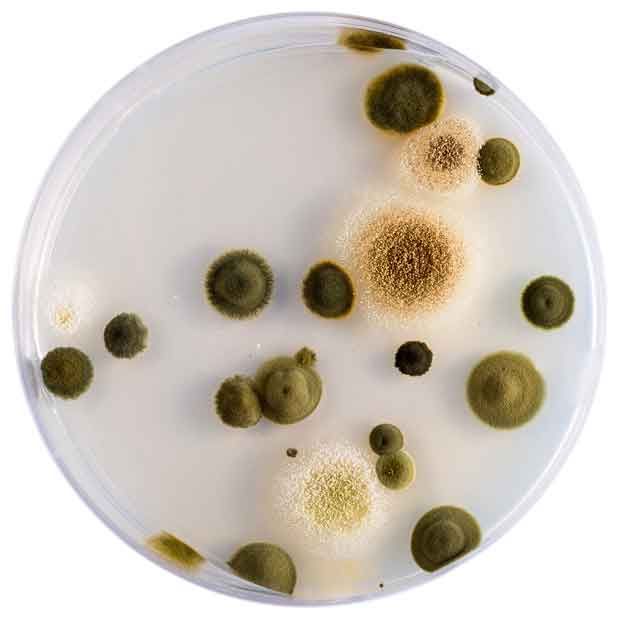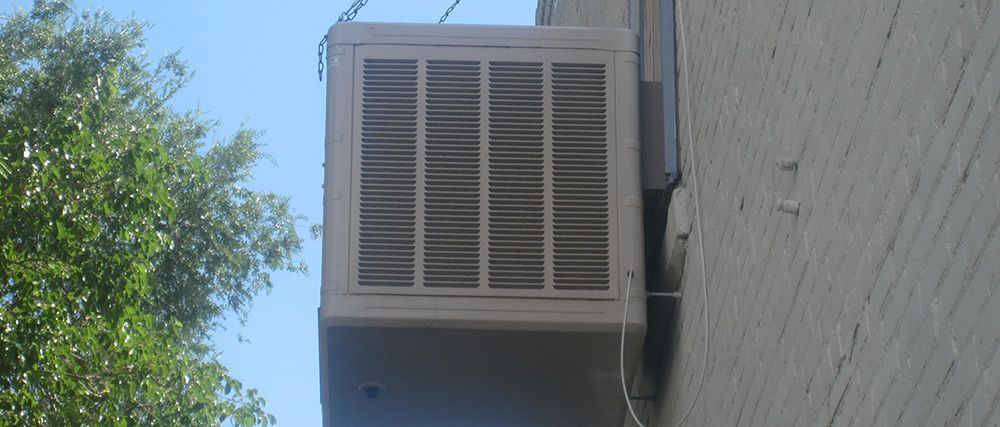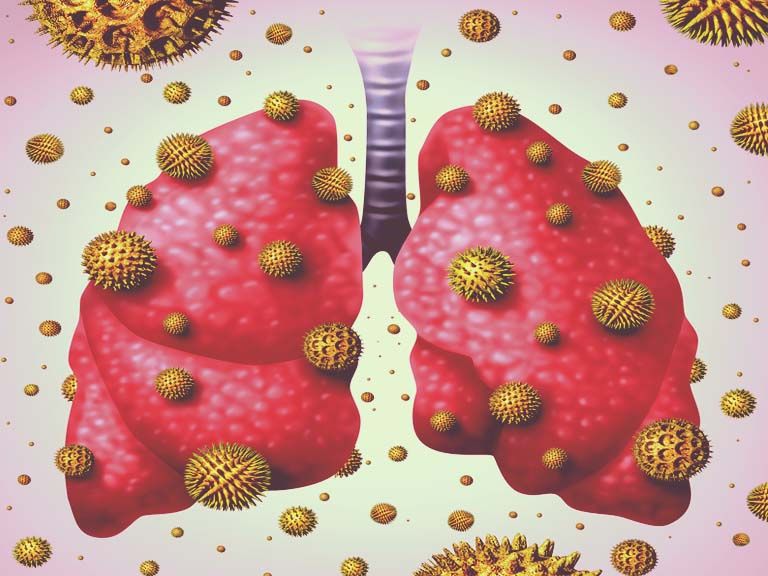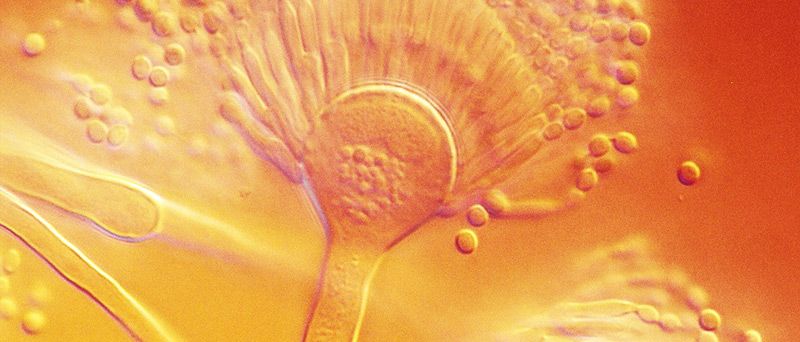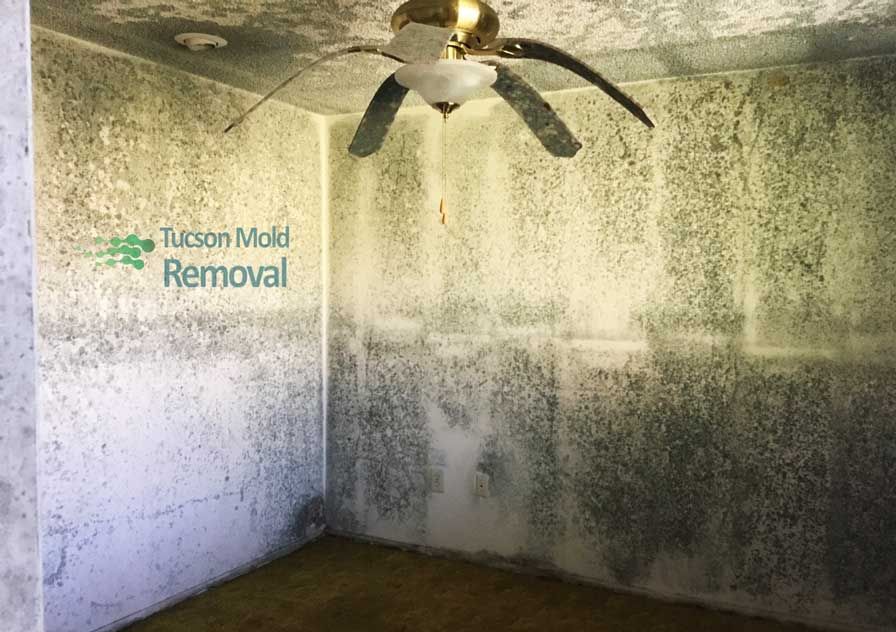
Mold Will Outlive Bleach
Mold will outlive bleach for many reasons but this misconception is as old as bleach itself. This is a common belief that bleach has the capability of removing mold and restoring mold infested structures and materials, but can it completely remove mold once and for all? There are multiple ways to answer this question. While bleach is a cleaner that has a slight capability of removing the appearance of mold, it has been proven to do little in the efforts of completely killing mold. And just because you can’t see it, doesn’t always mean it isn’t there. Bleach can also prove to be more hazardous than helpful, especially if it is used in great quantity.
What is Bleach?
Bleach is a chemical solution that is believed to be capable of cleaning surfaces. There are multiple types of bleach, including peroxide, oxygen, and chlorine bleach, which is the most common type of bleach. It is commonly known for being a solution to get rid of mold. Many people use bleach because it is usually readily available around the house and is a cheaper solution to other alternatives. Although bleach is capable of damaging the presence of mold, bleach does not kill mold. It is also proven to be toxic and dangerous for people and animals. In this contest, mold will outlive bleach well after bleach has been applied.
Why Bleach Does Not Help.
Liquid bleach is a chemical solution of 6% sodium hypochlorite and 94% water. Though it may seem like it eliminates mold through its use, the reality is that it barely scratches the surface. It may be effective in removing the discoloration that is left by the mold, but the spores of the mold; or micro-flora, still remain. The main objective of killing mold is killing its roots. Even after the use of bleach, the mold roots remain intact, leaving it still able to grow again. In addition, bleach is not effective on all surfaces and materials. Bleach can only contact mold on non-porous materials and surfaces like tiles, glass etc. Materials or surfaces which have holes or openings; porous materials, cannot be properly penetrated by Bleach, thus rendering it ineffective for a wide variety of surfaces. Porous materials will absorb moisture in too deeply and trap it, which will make it a lot more difficult to clean in full. As stated earlier, the bleach will not be able to cover what is under the surface of these materials. Once the chlorine (sodium hypochlorite) evaporates, which happens quickly, the water that is left will only feed the mold. That’s why it only seems to remove the mold for a short period of time. Bleach is also unable to protect surfaces from growing mold in the future, leaving them even more vulnerable since it is made up of more than 90% of water. Bleach is capable of weakening over time, even if it is left unopened on the shelf. This can mean that a weak bleach product would not be able to damage the mold it is applied on. This can happen even if the bleach is in a sealed container. In fact, bleach starts to lose most of its power after it is opened.
Why Bleach Is More Hazardous Than Helpful.
Whenever bleach is to be used for the removal of mold, precautionary steps must be taken for it to be less harmful on the person using it. Mold outlives bleach every time. Bleach is a very strong and corrosive chemical, which is very capable of causing harm to a person’s skin, possibly leaving chemical burns and other types of damage. Protective gear such as gloves is recommended for use before handling bleach. Bleach is very detrimental to a person’s vision and can render a person blind, so protective eyewear such as safety glasses is recommended as well. Even a small amount of Bleach can leave strong fumes present around the home, even with open windows and ventilation. Once bleach is mixed with other chemicals like ammonia, they can create very dangerous gases. The gases that is left from bleach can be very dangerous to people and animals that could be more vulnerable to it. Federal agencies such as the United States Environmental Protection Agency (EPA) and Occupational Safety and Health Administration (OSHA) have previously condoned use of bleach, but now strongly advise against its use, and for good reasons. You will not be able to find a bleach product that is registered under the Environmental Protection Agency (EPA) The fact that bleach requires a few precautions before using says more about it being more harm than help.
There are other substances that are non-toxic that can be used to kill mold such as sodium borate (Borax), tea tree oil, grapefruit seed extract, and vinegar. These materials are a lot less harmful than bleach and should be considered before the use of bleach. There are many biocides that will remove mold. However, it could also be a potential health threat to you or your pets. Even if you gas or fog the mold with biocide, you’re still going to be left with a house full of dead mold. Unfortunately, dead mold can be just as harmful as live mold is to your health. If the cause of the moisture isn’t identified and solved, carefully removed by properly trained mold remediation specialists, and then replaced with new clean & dry material, the mold infestation will continue to thrive.
Proper Mold Remediation Procedures.
There are proper mold remediation, or mold removal, procedures that must be taken. First, properly trained mold remediation technicians in bio suites and respirators isolate the work area with plastic sheeting, then setup HEPA-filtered fans blowing the air outside creating a negative air pressure, and then remove the mold infected drywall, carpet, carpet padding, etc. The mold ridden items are then placed in bags; the bags are wiped down, and then are carried outside for remediation. This procedure will avoid the rest of the location being contaminated by the mold spores released during the mold remediation process, similar to asbestos remediation.
In conclusion, Bleach may help to remove very small amounts of mold, but contacting our professional mold remediation specialists will be required in most cases. Contact Tucson Mold through our website or call us at 520-257-4064 today for your professional mold remediation needs and expertise.
Other Blogs You May Be Interested In
Categories

